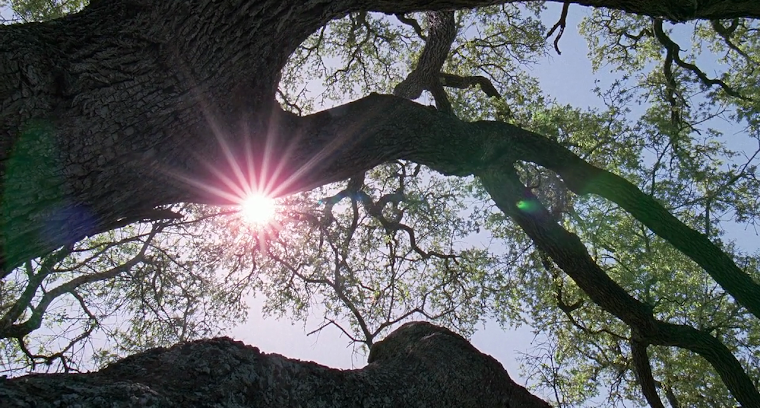 Pratfalls galore
Pratfalls galoreThe girl who leapt through time is actually the second movie to be named after the original serialised novel by Tsutsui Yasutaka, the first having screened in Japan more than 20 years ago. I mention this for the benefit of the audience, who probably will not consist of 30 to 40-year-olds acquainted with the novel, the first live action film, or the 1972 anime series - all going by the same title. But The girl who leapt through time (2006) is not an animated remake of the first film or the series, despite anchoring its premise on a girl who develops the ability to leap back in time (much like Scott Bakula in Quantum Leap) to the recent past of her life. This is, rather, a sequel of sorts to the original novel and its live action movie and anime series adaptations: the 2006 animated film takes place 20 years later after the events of the original story, a sci-fi romance between a schoolgirl who could leap through time and a visitor from the future. This time round, it's her niece who mysteriously acquires the same powers, in another accident in a school lab.
You'd wonder - why do the same thing twice, as something that falls in between a sequel and a remake? Perhaps because there are different lessons to be learnt, for this animated film is as far away from science fiction and fluffy romance as possible. Taking the same premise and starting point, director Hosoda Mamoru and writer Okudera Sakoto serve up something completely unexpected to any follower of the novel/film/anime series franchise. Quite simply put, once the idea of teenaged Makoto's ability to leap is established, the fantastic takes an immediate backseat to the real concerns of the duo: for someone who has the ability to go back in time to make sure things turn out perfectly, what is the value of the path not taken? What is the true cost of perfection, but the opportunity cost of the path not taken?
As Kazuko, the protagonist from the original novel remarks, it's entirely interesting that armed with such a unique power, her niece uses it for completely unremarkable things (experiencing karaoke singing over and over again, getting out of accidents), instead of say, enriching herself or trying to take over the world. How unremarkable, true, but how mature the script for this movie becomes, once diverted away from expectations that the sci-fi anime genre tend to evoke. Instead of a futuristic romance (which essentially was what the 1983 movie amounted to) or a monomythical adventure story (travel back in time, save the world!), The girl who leapt through time is an almost introspective story, smoothly blending the bittersweet experience of growing up with the lost opportunities of perfectionist time-travelling.
There can be no doubt that the 2006 film is a vast improvement over its 1983 predecessor, and the novelist himself has given the thumbs up for the mature sequel. It's surprising that a fluffy novel by Tsutsui Yasutaka would actually be retooled 50 years later in the style that the author is more known for: with a serious focus on social issues and philosophical concerns, livened with a satirical and comic bent. Yes, you will be glad to know that this film has a huge collection of the most entertaining pratfalls and amusing time travel jokes ever in animation history.
Animation-wise, the character designs are drawn in clear line style, complementing the story's focus on realistic emotions. What viewers should watch for are the beautifully rendered backdrops that border on art, as well as a soundtrack that entire action scenes are choreographed to, right down to the last bar and note - do brace yourselves for the psychedelic time-leaping sequences, all timed in a stroke of genius to Glenn Gould's 1983 performance of the Goldberg Variations. There's nothing quite that comes close to this - except for maybe the 10 minute section of 2001: A space odyssey, and there is no wonder that this animated movie swept the top animation awards in Japan and California last year.
First published at incinemas on 21 June 2007

No comments:
Post a Comment